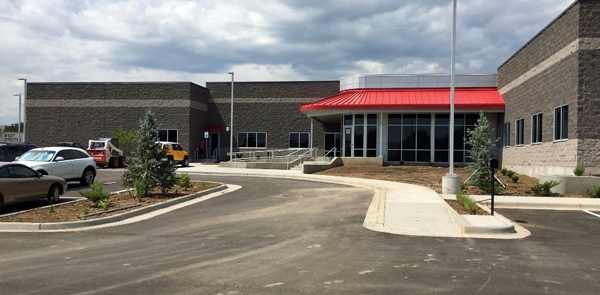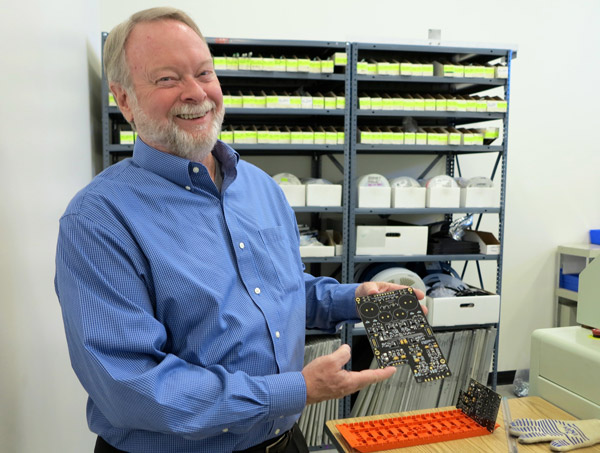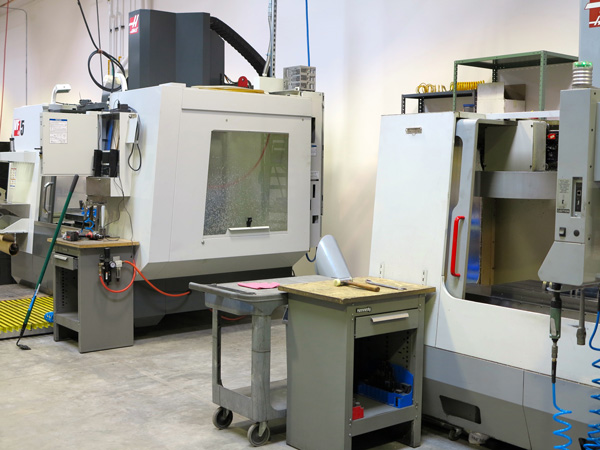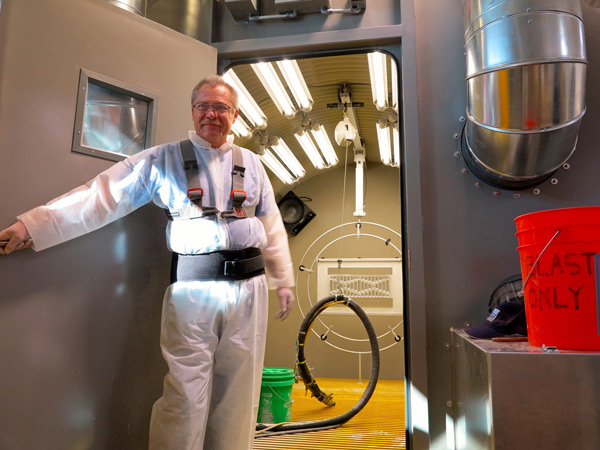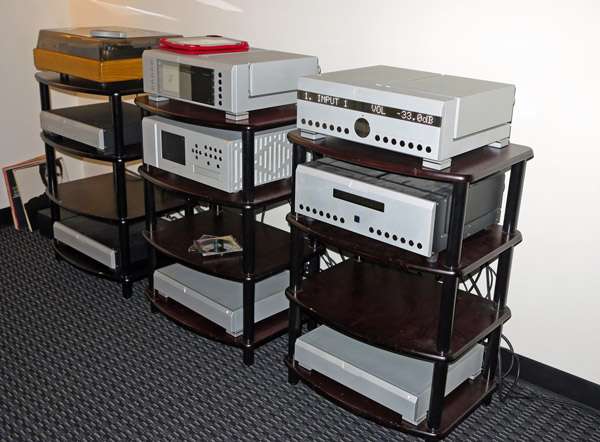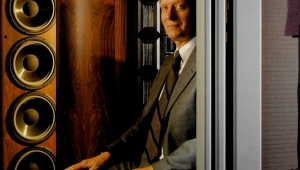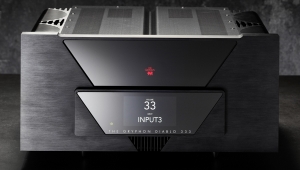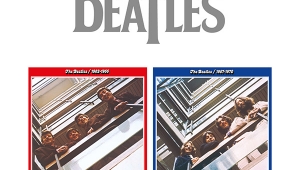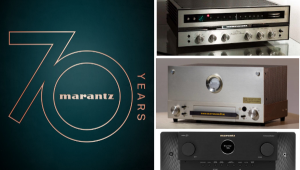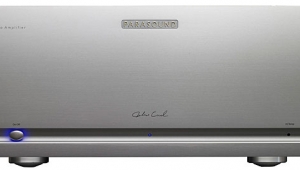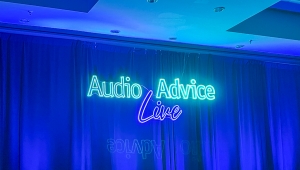| Columns Retired Columns & Blogs |
maybe because I'm not an Audiophile.
However, I saw a nice Wood 15 foot Daysailer at the Port Townsend boat show. I'm kinda "dreaming" about having Lou Sauzedde,in Rhode Island, build one for me, out of White Oak & Teak.
I'm dreaming of Sailing the Gulf of Mexico. I might outfit it with a Class D sound system to listen to Gene Harris as I meander up and down the Coast. Hmm, wanna go sailing?
Tony in Michigan
